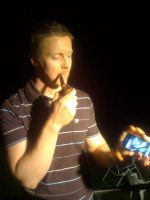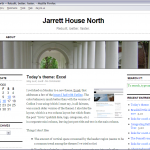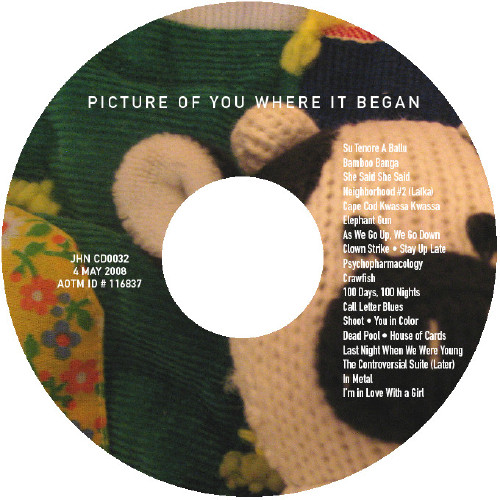I’ve been a Wikipedia editor in earnest for almost a year now. In my focus area (articles about the University of Virginia) that’s mostly been a quiet, solitary pursuit–writing new articles, revising existing articles, reverting vandalism, but rarely interacting with other editors. I saw a hint of the social side of Wikipedia over the last two weeks that gave me a feeling for how the site’s creativity and collaboration works, at a very rapid pace.
It started for me with a notice on the Raven Society page, suggesting that the article be merged with one on collegiate secret societies in North America. I replied that the Ravens were hardly secret, and given their role in preserving Poe’s memory I thought they merited their own article, and that closed the matter. But I checked out the other article, curious to see how they handled the secret society problem.
(I also edit the list of secret societies at the University of Virginia, which is a pretty thankless job. Despite its “anyone can edit, anyone can improve” philosophy, Wikipedia has pretty strict guidelines for its editors, such as a strong preference for notable, cited content. This leads to an apparent oxymoron, gleefully cited by many contributors, who ask, “How can there be references for secret societies? Aren’t they secret?”, generally while adding “The Nougat Society” to the list. I ended up proposing and enforcing a rule that only societies that could be referenced to a publication could be on the page; “after all,” I wrote, “if the society makes so little difference to the University that even the Cavalier Daily won’t write about it, it isn’t notable enough to be in Wikipedia.”)
I found much the same issue on the collegiate secret societies page, and that the editors there had evolved a similar brightline to guide editing. But another editor had a more ambitious plan; rather than a simple list, he structured an article with sections for each of the schools with large numbers of societies, a general introduction, and a restrictive list of societies that had their own articles. With a number of sections already created, he threw open the floodgates and hung out an Under Construction sign.
I pitched in and wrote the UVA section. Others added too. In three days the basic article was complete in draft form, having gone through some fifty or so revisions by about 10 editors, and at least one good fight.
It’s a lot of fun to watch the process, and makes me think that a similar approach could work for other content, provided there are enough interested editors.



